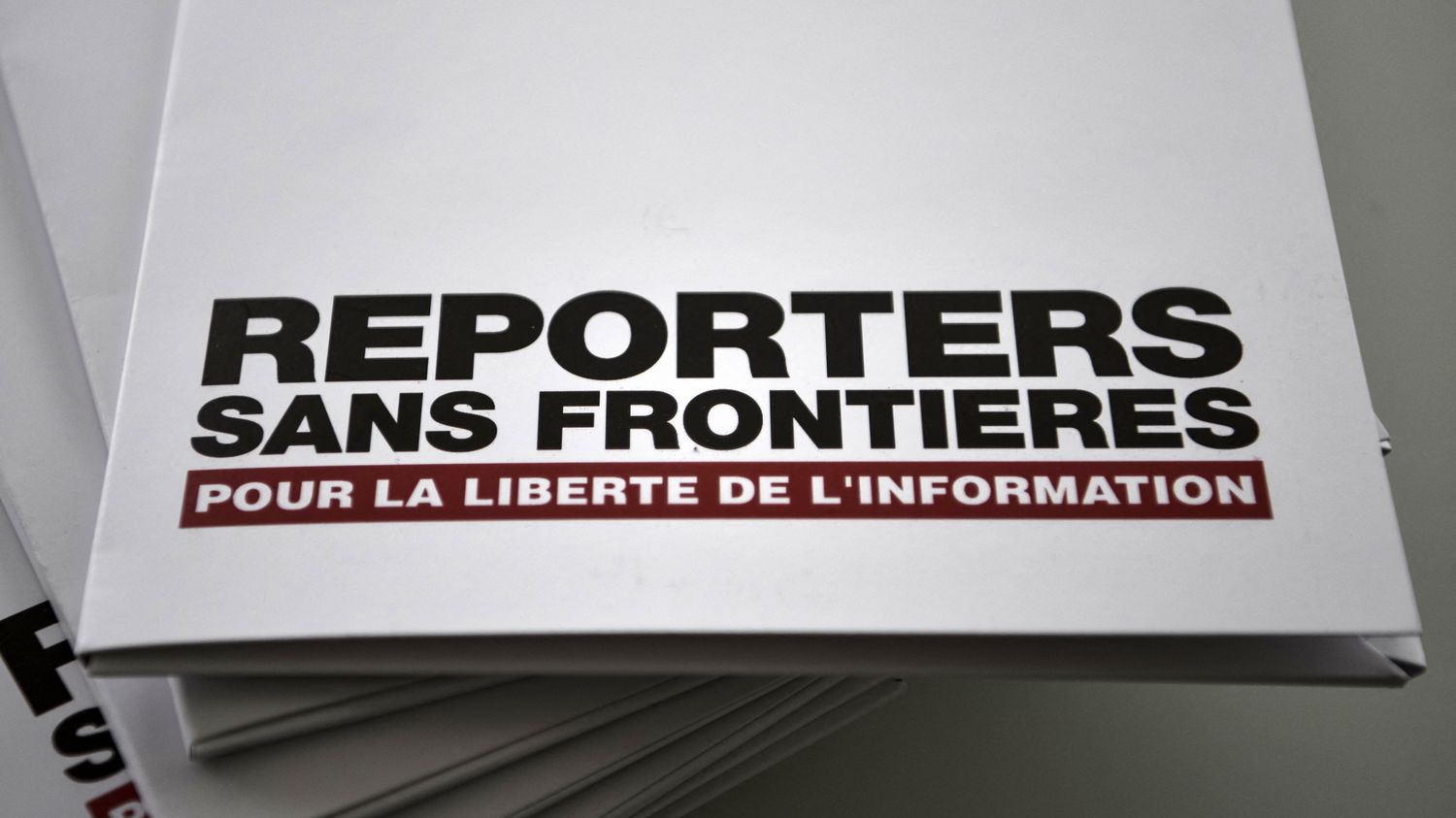547 journalists are still behind bars as of December 31, 2023.
Published
Update
Reading time: 3 min

In 2023, 779 journalists were imprisoned for more than 48 hours around the world. Among them, 547 are still there and will spend the New Year in prison, deplores, Sunday December 31, 2023, Reporters Without Borders (RSF) in its annual report. Another figure which should alert us to attacks on press freedom, after the count of 45 journalists and media collaborators killed in the course of their duties in 2023, revealed in mid-December by RSF.
The secretary general of the NGO, Christophe Deloire, spoke on franceinfo on Sunday December 31 to also warn of the situation in Gaza at the end of the year, where “At least 76 journalists have been killed since October 7” and the start of the war between Israel and Hamas.
Four countries are particularly targeted by the NGO since they alone hold almost half of the 547 journalists in their jails as of December 31, 2023: China, Burma, Belarus and Vietnam. Added to these is Turkey, which does not have many journalists in prison today but has imprisoned many in 2023, the year of the presidential election.
China “remains the largest prison in the world”, denounces RSF. The country imprisoned 135 journalists in 2023, and 121 were still imprisoned on December 29, 2023. Next come Burma (84 journalists imprisoned during the year including 69 still behind bars on December 29, 2023), Belarus (55 including 39 on December 29), Iran, Turkey and finally Vietnam.
Also, at the end of the year, the situation of journalists has also seriously worsened in the Middle East, and more particularly in the Gaza Strip, bombed by Israel for three months. “In Palestine, many journalists have been killedunderlines Christophe Deloire. Among them, at least 16 were in the course of their duties. But there are also 34 journalists in detention.”
A particularly hard year for women journalists
The NGO also warns of the fact that 2023 was a year when prison sentences against women journalists were particularly harsh. “While since 2019, no female journalist has been sentenced to more than 10 years in prison, six of the eight heaviest sentences handed down in 2023 concern female journalists”tried in Iran, Belarus, or even Burundi, notes RSF.
This sharp increase is explained by “the percentage of women journalists which was very low and which has gradually increased”comments the secretary general of RSF on franceinfo. “They are now working on subjects linked to the mafia, corruption, women’s rights… In short, on increasingly sensitive subjects.”
“Democracies are not perfect”
France, she “has nothing to do with authoritarian countries where repression is extremely fierce”recalls Christophe Deloire, “but democracies are not perfect”. The journalist was taken into custody DisclosedAriane Lavrilleux, “a highlight of the year”judges the secretary general of the NGO, denouncing “the repression of the secrecy of sources” since his professional equipment had been seized. Christophe Deloire calls for “amend the 2010 law in France, the Dati law, which sets too important an exception to the principle of secrecy of sources”.
2023 was also marked by good news for journalists, with the release of Franco-Afghan Mortaza Behboudi, “placed in detention in Afghanistan at the start of the year”recalls Christophe Deloire. “There was also that of Olivier Dubois, after two years of detention as a hostage in Mali.”
“Over the past five years, at least one journalist has been detained for their work in 86 countries.”
Reporters Without Bordersin his press release
A year ago, Reporters Without Borders counted 569 journalists incarcerated as of December 31, 2022, a “record year”. But through this updated report, the NGO demonstrates once again that the imprisonment of journalists is still as common as ever. and “used in almost half of the countries in the world”.
